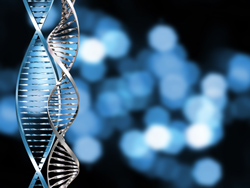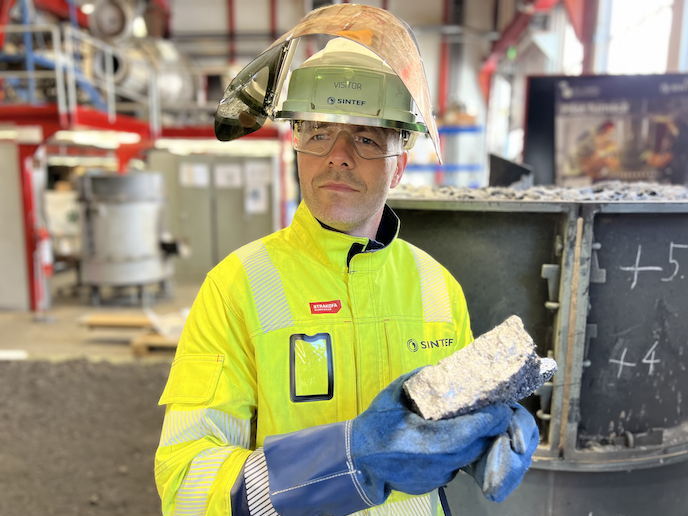DNA-based nanodevices of the future
For millions of years DNA has been responsible for storing genetic information in all living creatures. An international consortium of seven universities and research centres sought to put this long chain molecule into a new context. Detached from its biological origin, artificial DNA double helices were modified in such a way that they could be used as key structural elements for self-organised molecular nano-electronics. The ambitious goals of the DNA BASED NANOWIRES project to unravel new ways for the bio-synthetic engineering of nanowires bear a unique promise for nanoelectronic device miniaturisation. These were not restricted to the exploitation of the ability of DNA to recognise complementary sequences giving rise to the self-assembly potential of DNA derivatives. Project partners at the Hebrew University of Jerusalem focused on the seemingly contradictory results involving the ability of DNA to transport electric charges. For this purpose, an experimental approach was developed which enabled the measurement of electric currents flowing through DNA molecules and more importantly, reproducible results for a wide variety of samples. More specifically, currents through double-stranded (ds)DNA molecules embedded in a self-assembled monolayer of single-stranded (ss)DNA and chemically attached on both ends to a metal substrate on opposite ends, were measured. By means of a conductive atomic force microscope, the current flowing through dsDNA molecules was found to measure 220 nanoAmpere at 2 Volts. This result confirmed the ability of dsDNA molecules to transport electric charges under controlled conditions as well as demonstrated the efficiency of ssDNA as an insulating layer. However, researchers have turned to a new type of DNA-based molecule, G4-DNA, as dsDNA molecules were proven to be very sensitive to environmental conditions.







